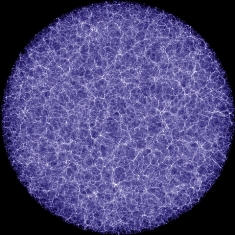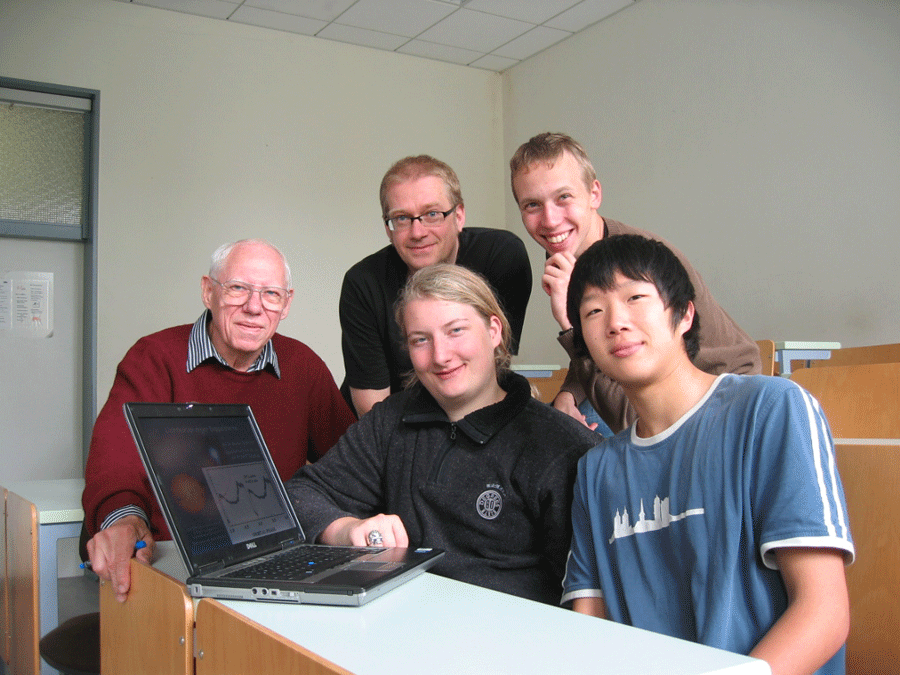Quintessence is one idea – hypothesis – of what dark energy is (remember that dark energy is the shorthand expression of the apparent acceleration of the expansion of the universe … or the form of mass-energy which causes this observed acceleration, in cosmological models built with Einstein’s theory of general relativity).
The word quintessence means fifth essence, and is kinda cute … remember Earth, Water, Fire, and Air, the ‘four essences’ of the Ancient Greeks? Well, in modern cosmology, there are also four essences: normal matter, radiation (photons), cold dark matter, and neutrinos (which are hot dark matter!).
Quintessence covers a range of hypotheses (or models); the main difference between quintessence as a (possible) explanation for dark energy and the cosmological constant Λ (which harks back to Einstein and the early years of the 20th century) is that quintessence varies with time (albeit slooowly), and can also vary with location (space). One version of quintessence is phantom energy, in which the energy density increases with time, and leads to a Big Rip end of the universe.
Quintessence, as a scalar field, is not the least bit unusual in physics (the Newtonian gravitational potential field is one example, of a real scalar field; the Higgs field of the Standard Model of particle physics is an example of a complex scalar field); however, it has some difficulties in common with the cosmological constant (in a nutshell, how can it be so small).
Can quintessence be observed; or, rather, can quintessence be distinguished from a cosmological constant? In astronomy, yes … by finding a way to observed (and measure) the acceleration of the universe at widely different times (quintessence and Λ predict different results). Another way might be to observe variations in the fundamental constants (e.g. the fine structure constant) or violations of Einstein’s equivalence principle.
One project seeking to measure the acceleration of the universe more accurately was ESSENCE (“Equation of State: SupErNovae trace Cosmic Expansion”).
In 1999, CERN Courier published a nice summary of cosmology as it was understood then, a year after the discovery of dark energy The quintessence of cosmology (it’s well worth a read, though a lot has happened in the past decade).
Universe Today articles? Yep! For example Will the Universe Expand Forever?, More Evidence for Dark Energy, and Hubble Helps Measure the Pace of Dark Energy.
Astronomy Cast episodes relevant to quintessence include What is the universe expanding into?, and A Universe of Dark Energy.
Source: NASA


